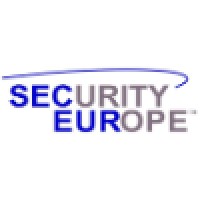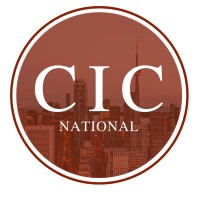
SECURITY EUROPE
SecEUR sprl is an information publisher and consulting company devoted to EU civil security-related policy, R&D and business. Based in Brussels, it informs and assists stakeholders in identifying and pursuing opportunities on the civil security market. Its services include SECURITY EUROPE, the monthly e-newsletter; client-specific monitoring of policy, technology developments, funding opportunities; technical studies, training workshops on EU civil security; and help with partnering or applying for EU-funded security R&D projects and other opportunities in the sector.






